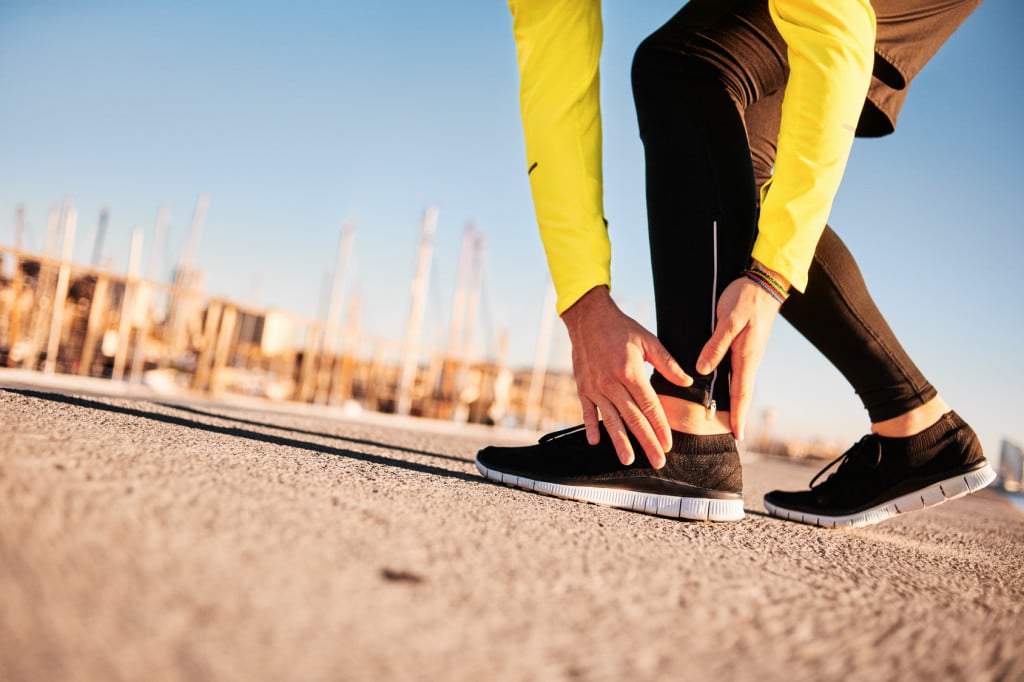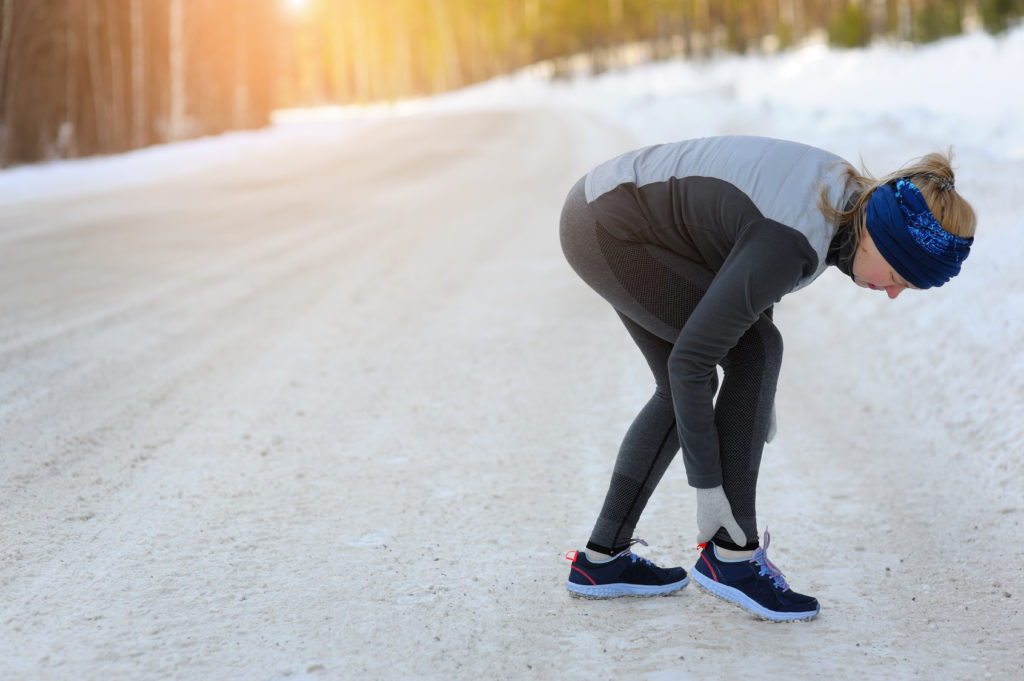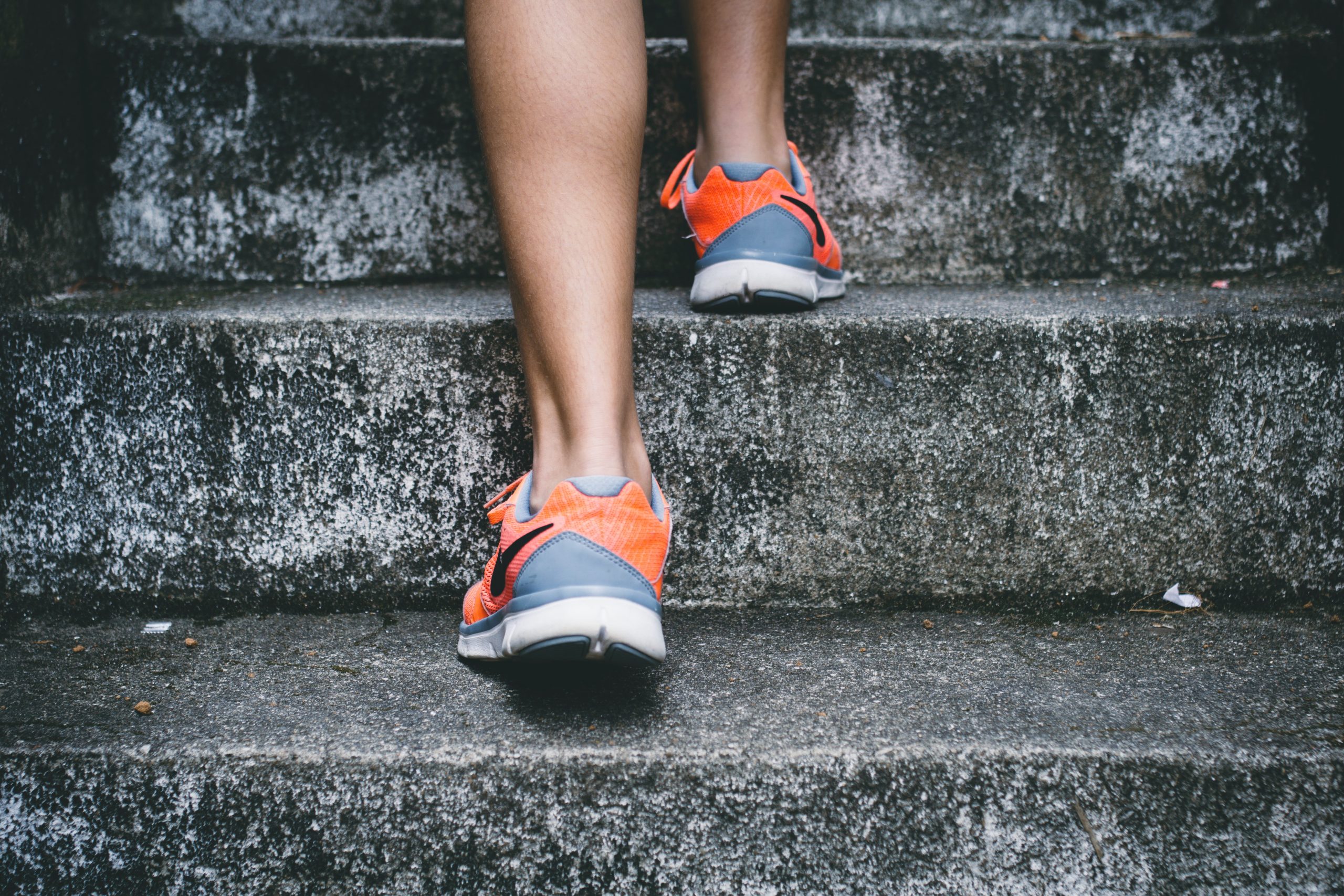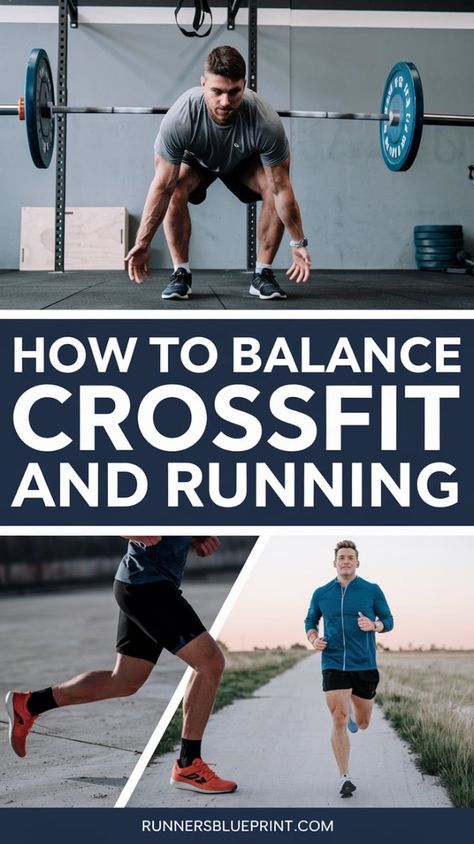Ready to lace up those sneakers and hit the pavement? Well, hold on tight because today, we’re diving headfirst into the world of plantar fasciitis – that pesky, heel-aching injury that can strike fear into the hearts of runners everywhere.
In fact, it’s so notorious in the running community that it’s earned itself a nickname: ‘Runners Heel.’ Yes, that’s right! Plantar fasciitis is the heel’s arch-nemesis, and it’s responsible for a whopping 80% of all those dreaded cases of heel pain.
But here’s the kicker – it’s not just a pain in the heel; it’s also one of the top culprits behind about 1 in every ten running injuries out there.
Fret no more.
In today’s post, we’re diving deep into this condition. More specifically, I’ll be explaining:
- What is plantar fascia
- The causes of the injury
- Why it’s common among runners
- The fastest way to treat it
- How stretching helps
- The link between running surfaces and heel pain
- Exercises you can do to prevent heel pain
- And so much more
Sounds exciting? Let’s get started.
What’s the Plantar Fascia?
Plantar fasciitis is a common cause of heel pain that affects both runners and non-runners. The human body is equipped with this fibrous band of tissue called the plantar fascia. It’s like the support beam of your foot, stretching from your heel (the calcaneum) to the middle of your foot bones, bridging the gap between your heel bone and your toes.
Now, when that support beam gets all irritated and inflamed, that’s plantar fasciitis for you. It’s like your foot’s way of saying, “Hey, I hurt!”
It’s especially common in runners
Plantar Fasciitis is no stranger to runners.
In fact, it’s one of the most frequently reported causes of chronic heel pain. A study published in the Journal of Foot and Ankle Research vouches for this.
And in the realm of running, Plantar Fasciitis is quite the troublemaker. It’s responsible for approximately 8 percent of all running injuries, as revealed by a retrospective study analyzing 2000 running-related injuries.
The Process of The Injury
Plantar Fasciitis kicks off when the delicate fibers of the fascia, that fibrous band of tissue running from your heel to your toes, start to accumulate tiny tears.
It’s like your foot’s way of saying, “Hey, we’ve had enough tension here!”
Initially, it might seem like a minor annoyance, but as you keep pounding the pavement, those small irritations can snowball into a full-blown injury.
The key here is early detection and prompt treatment. Ignoring it could lead to some unpleasant consequences down the road.
Causes of Plantar Fasciitis
Overuse is the main culprit. However, several factors can increase your chances of developing this painful condition.
Here’s the lowdown on some of them:
- Overdoing It Too Quickly: Pushing your limits too fast is a classic mistake. Rapidly increasing your running distance can put undue stress on your plantar fascia, paving the way for injury.
- Carrying Extra Weight: If you’re on the heavier side, your plantar fascia might bear the brunt of the load. Those extra pounds can lead to irritation, pain, and, eventually, Plantar Fasciitis.
- Gender: Surprisingly, women are about twice as likely to develop Plantar Fasciitis compared to men, as indicated by research.
- Inadequate Footwear: Wearing the wrong running shoes can spell trouble. Shoes with insufficient arch support, heel cushioning, or sole flexibility can exacerbate the problem.
- Poor Running Form: If you’re not running with the proper technique, you’re increasing the strain on your plantar fascia. Make sure to follow guidelines on proper running form to minimize the risk.
- Mobility Issues: Research suggests that a tight Achilles tendon, that large tendon above your heel, can contribute to the development of Plantar Fasciitis. Stretching exercises can help alleviate this problem.
The Main Symptoms
Plantar Fasciitis typically presents with distinct symptoms that can help you identify the condition:
- Gradual Heel Pain: The hallmark of Plantar Fasciitis is the gradual onset of sharp pain on the bottom of your heel, especially near the inside of the foot.
- Morning Discomfort: You might notice intense heel pain during your first few steps in the morning. This phenomenon is often referred to as “first-step pain.”
- Pain After Rest: After periods of rest, such as sitting for a while or getting up from a chair, you may experience heel pain.
- Aggravation with Activity: Activities that put pressure on your feet, like climbing stairs or standing for extended periods, can trigger or exacerbate the pain.
- Evening Recurrence: The heel pain may temporarily subside during the day, but make a return in the evening.
Treatment of Plantar Fasciitis
As I have already clearly stated, the condition can be a real nagging injury that only gets worse the longer it’s present.
Hence, the sooner you put in place an aggressive treatment plan, the better off you’ll be, both for the short and long term.
For that, here is the step-by-step treatment plan you need to follow:
Rest
Taking a break from activities that aggravate your condition, such as running and high-impact exercises, is essential. The duration of your rest period can vary depending on the severity of your condition. It might last a few days, several weeks, or even a few months. Pay attention to the intensity and frequency of your pain as a guideline for when to resume activity.
Keep in mind that Plantar Fasciitis typically develops over time due to accumulated injuries, so it’s important to give your foot the time it needs to heal properly. Resting is a crucial step in the recovery process.
Additional resource – How to Prevent ITBS in Runners
Massage for Reducing Pain
Self-massage and soft-tissue manipulation can provide relief from Plantar Fasciitis pain.
Here’s how you can do it:
- Get a golf ball or a similar round, hard object.
- Gently roll the affected foot back and forth over the ball.
- Start with a few minutes a day and gradually increase to 5 minutes daily.
You can also use a frozen water bottle by rolling it under your injured foot.
Active Release Technique is a more advanced soft-tissue manipulation technique that may help alleviate Plantar Fasciitis pain. While scientific evidence supporting its effectiveness is limited, some individuals find it beneficial.
Try Orthotics
Consider using Over-The-Counter (OTC) orthotics to provide additional arch support, especially if you have a history of Plantar Fasciitis, faulty foot mechanics, or high arches. Research indicates that orthotics can help reduce pain and address faulty foot mechanics, a common cause of this condition.
OTC orthotics are readily available and cost-effective compared to custom orthotics, which can take weeks to receive. Ensure you use them in both shoes, even if only one foot is affected. If OTC orthotics don’t provide relief, consult a podiatrist for custom orthotics tailored to your needs.
Additional Resource – Overpronation vs. Underpronation
Kill the Pain
If you’re experiencing severe pain, consider using cold therapy on the affected area. Apply an ice pack (you can use a store-bought ice pack or a bag of frozen peas or corn wrapped in a towel) for 10 to 15 minutes daily.
Additionally, you can take over-the-counter pain relievers like ibuprofen, naproxen, or paracetamol to alleviate pain and inflammation.
Stretch it
Stretching is another effective strategy to expedite your recovery and reduce the risk of re-injury. Incorporate these stretches several times a day, making sure to stretch both feet.
Perform a few (check below) stretches pre-run, in the morning, and whenever you experience soreness or pain after running. A recommended stretching routine involves three to five sets of 30 seconds per stretch.
See a Doctor
If your pain persists despite trying the aforementioned measures, it’s crucial to consult a sports podiatrist.
In some cases, your doctor may recommend treatment options like cortisone injections, foot taping, night splints, or other tools to alleviate symptoms and expedite recovery. In severe cases, physical therapy may be necessary to fully restore plantar fasciitis function.
How to Treat Plantar Fasciitis When Running – The Conclusion
There you have it.
The above measures are some of the best you can implement right now as a part of your running routine to help reduce the risks of developing plantar fasciitis.
If you suspect you have plantar fasciitis—or any other overuse injury—visit your doctor or physical therapist for an evaluation.
The best way to determine the culprit behind your pain and provide a quick path toward full recovery is by doing a full examination of the biodynamics of your ankle, foot, and gait.
As a runner, your feet are your best ally.
They take you wherever you want to go.
But you have to take good care of them to lead a healthy, active life.
The rest is up to you.
Please feel free to leave your comments and questions in the section below.
In the meantime, thank you for reading my post.
Keep Running Strong.
David D.




















